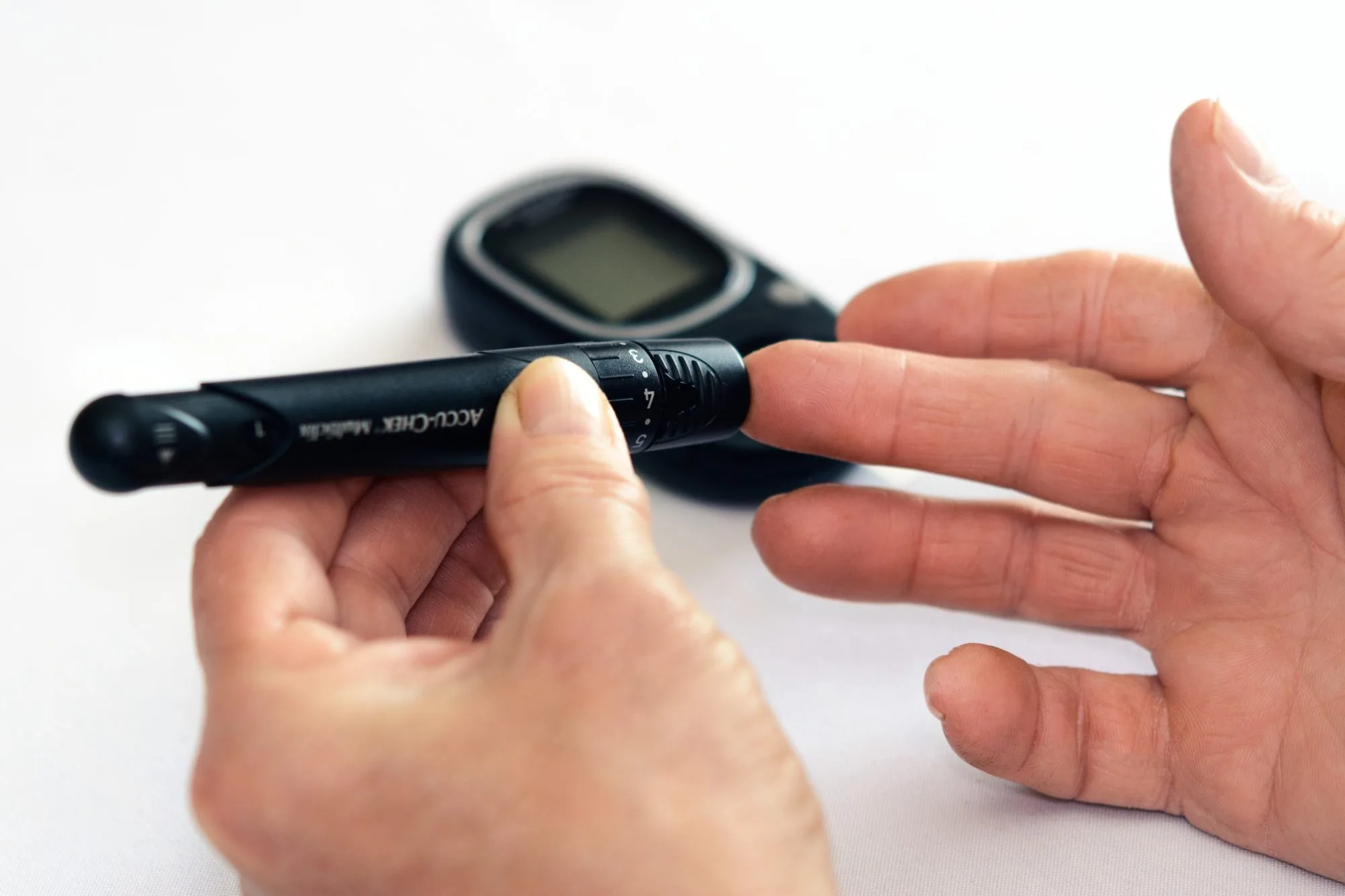The risk of developing diabetes would increase as you become older. In fact, almost 11 million seniors in the USA have this condition. This is over a quarter of all people within the age group. To compare this number, over 8% of all Americans are living with diabetes.
Furthermore, when you live with diabetes, you face increased risks of complications the older you get. The condition can affect your heart, hearing, vision, and more parts of your mind and body.
That’s why it’s especially important to learn how to manage diabetes when you are a senior, starting with a healthier diet. But what should you know about diabetes eating management?
Read on and learn all about how your diet plays a role in diabetes management and what you can do to stay healthy.
Manage Diabetes by Educating Yourself

You can manage your condition well with healthier eating, combined with regular exercise and weight management. However, you can’t do this without professional advice or prior education.
While you don’t need a degree to learn how to manage your condition, it’s best to read up and ask your doctor about what you should do to maintain your health to prevent diabetes complications.
That’s why educating yourself is especially important. By becoming aware of the conditions and actions to follow, you can stay healthy and lessen the risk of suffering from the painful symptoms and complications diabetes may bring. Furthermore, you save more time, money, and effort compared to having to go to the hospital due to complications from poor diabetes management.
Rather than ignoring what you should do, it’s best to start becoming educated on what actions to take, which will help you in the long run. It won’t only help with managing diabetes, but your overall health, too!
I know how confusing it is looking for accurate information, though. That’s why you should read up from reputable websites (like this!), and to avail home doctors service Brisbane for them to visit you to check your vitals while providing sound advice based on your specific situation.
6 Ways to Help Seniors with Diabetes
Now that you know about the importance of educating yourself in terms of diabetes eating management, the next question is: How can you alter your diet to make it even healthier and made for those who have diabetes? Here are some helpful tips to follow:
1. Monitor Your Glucose Levels Regularly
When you live with diabetes, you can reduce its serious health risks, or at least delay its complications, with proper blood sugar management.
This starts with daily blood sugar monitoring and keeping a chart to track your results. That way, both you and your doctor will have valuable information on whether your current treatment is working and/or how to improve it.
If you don’t control and monitor your blood sugar levels, you may end up not knowing your actual health status, which increases the risks of complications even without feeling any symptoms.
2. Limiting Unhealthy Carbohydrates
Seniors with type 1 diabetes are unable to produce insulin. That’s why you need to coordinate how much carbohydrates you consume with your insulin injections.
For those with type 2 diabetes, the body can produce insulin, but their cells resist taking it. Usually, they only require a change in their diet and lifestyle, which includes more exercise and weight loss (as needed). Sometimes, they may need oral medications or insulin.
Either way, you will need to control your carbohydrates and limit your intake of unhealthy carbs, as our bodies convert carbs into glucose, which is what makes our sugar levels rise.
Consume about 135 grams of carbohydrates daily, going for healthier options, high-fiber bread, and cereals, pasta, basmati, as well as low glycemic index rice, barley, quinoa, fruits, among others.
3. What NOT to Consume
How about what you SHOULDN’T eat?
Make sure that you limit, or as much as possible, do NOT consume, sugary drinks. Furthermore, limit your salt intake, reduce or eliminate alcohol consumption, and avoid eating anything packaged and processed. Furthermore, reduce your cholesterol intake to around 200 mg daily.
4. Choose the Good Stuff
To manage diabetes well, fill your plate with the good stuff rather than what you should avoid eating, such as:
- Lean protein– opt for low-fat dairy products, skinless fish and poultry, as well as leaner cuts of meat, particularly beef
- Fiber – as mentioned, opt for whole-grain foods and legumes like lentils, beans, peas, and sweet potatoes.
- Fruits and vegetables – Of course, you should be thinking green, eating green, leafy vegetables! As for fruits, go for colorful produce, such as tomatoes, apples, cherries, grapes, oranges, and more. Just be wary of its sugar content!
5. Choose Reduced-Fat or Low-Fat Dairy Products
As mentioned, it’s highly recommended to go for low-fat dairy products instead. You need to reduce your fat intake, so avoid consuming excessive amounts of full milk, which also contains a lot of sugar.
Low-fat dairy products like milk and yogurt also have a low glycemic index, which helps manage your blood sugar levels. That said, make sure these products are free of added sugar and other additives.

6. Avoid Lollies and Sweet Drinks
As I mentioned on what NOT to consume, you have to avoid, if not eliminate, sweet drinks and all forms of candies. Stay away from processed fruit juices, sweet tea, soft drinks, sports drinks, energy drinks lemonade, as well as chocolate, candies, and junk food, which are high in sugar and low in nutrition.
Look for low-sugar alternatives, such as Stevia-flavored drinks.

A Final Thought on Food
Hopefully, this article on diabetes eating management for seniors gave insight into what you should and shouldn’t eat so you’ll feel great for years to come. Whether you’re a senior or care for a senior relative, take note of this advice and use it to build a nutritious and delicious meal plan.
If you have any queries or would like to share your tips on diabetes eating management, share them in the comments below. All of your thoughts are much appreciated.





![women [longevity live]](https://longevitylive.com/wp-content/uploads/2020/01/photo-of-women-walking-down-the-street-1116984-100x100.jpg)










